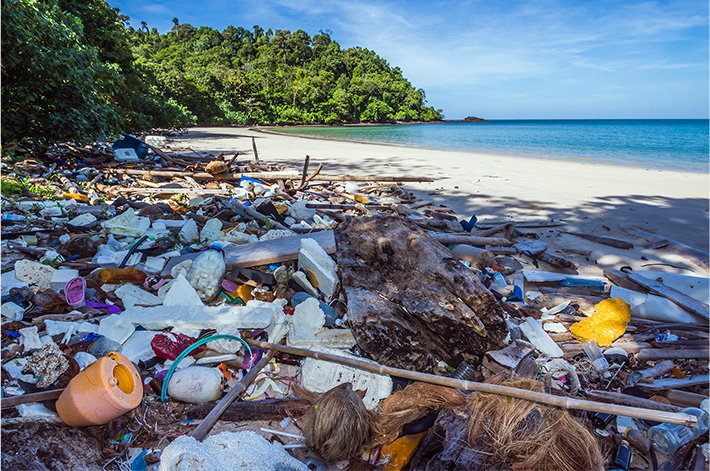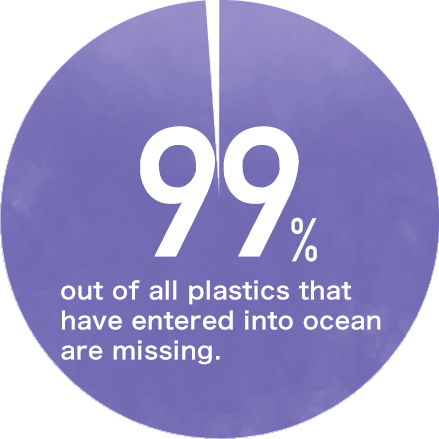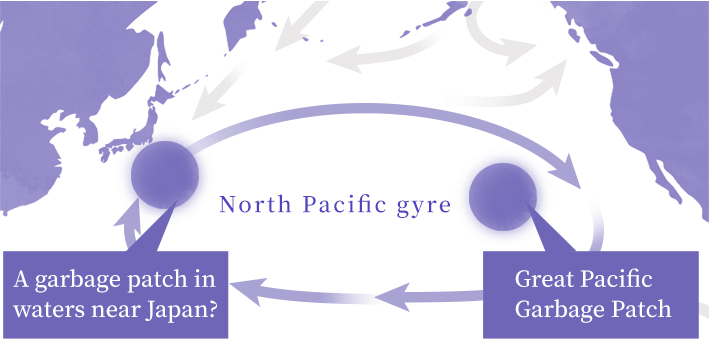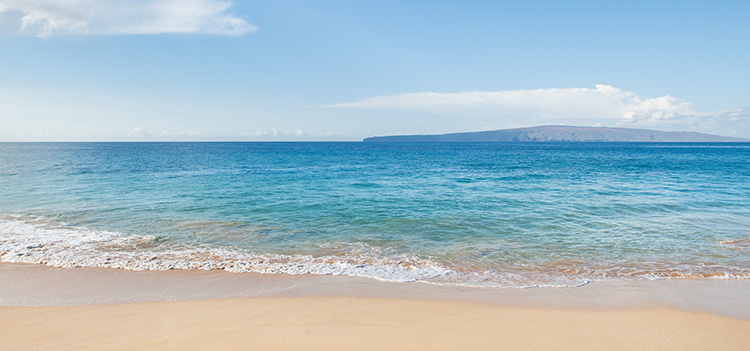What is the Role of Ocean Science?
Marine plastics are not only threatening marine ecosystems, but also influence our daily lives. However, we still have only a limited amount of data on marine plastics. Let’s look at the current knowledge and future projection and consider what is the role of ocean science.


The “Missing Plastics”


It is estimated that floating plastics on the surface of the water account for half (approx. 75 million tons) of all marine plastics that have flowed out into the ocean(*1), among which, 45 million tons is supposed to continue to float without landing on a beach(*2). However, calculation based on the current best available observation data can explain merely 440-thousand tons(*3,*4), that is a mere 1% of the total amount of plastics that should have been on the ocean surface.
As plastics are hard to degrade in a natural environment, where did the remaining 99% go? We consider they would be found in the areas which are predicted plastics are accumulated but yet under-observed including inside some oceanic gyres and deep-sea.
Plastics Garbage Patch near the Japanese Waters?
It is thought that plastics that float into the ocean eventually are trapped and piled in the five oceanic gyres in the world ocean. Well known is the Great Pacific Garbage Patch near the Hawaiian Islands, where we expect to find an accumulation of plastic wastes originated from various countries.


We assume there is one of such gyres located in the south of Japan, which gathers marine plastics transported from Asian countries. We call it the Western Pacific Garbage Patch.
Needs for Data to Validate Estimation
While much speculation is being made, we are still missing observation data to understand the threats of marine plastics. Effective analysis methods of microplastics must be developed, too, to enable to speed up data production and improve data quality.
Such innovation can replace the current conventional, widely used method in which technicians identify and pick up microplastics collected from sea water and sediments piece by piece with a microscope. While this conventional method allows us to analyze very tiny particles and identity the type of plastics, it is very time consuming and disadvantageous in accuracy.

- Footnotes/ Bibliographies
- *1: Estimation of 75 million tons comes from a report by PlasticsEurope 2015, stating: “More than half of the plastic that gets into the marine environment is less dense than seawater,”; Marine Litter Vital Graphics.
- *2: Estimation of 45 million tons comes from a report by Lebreton et al.2012, stating: “It has been estimated that between 60 and 64 per cent of floating plastic discharged into the marine environment from land-based sources is exported from coastal to open ocean waters”; Marine Litter Vital Graphics.
- *3: Eriksen et al. 2014
- *4: Van Sebile et al. 2015
- *5: Referred to https://marinedebris.noaa.gov/info/patch.html

